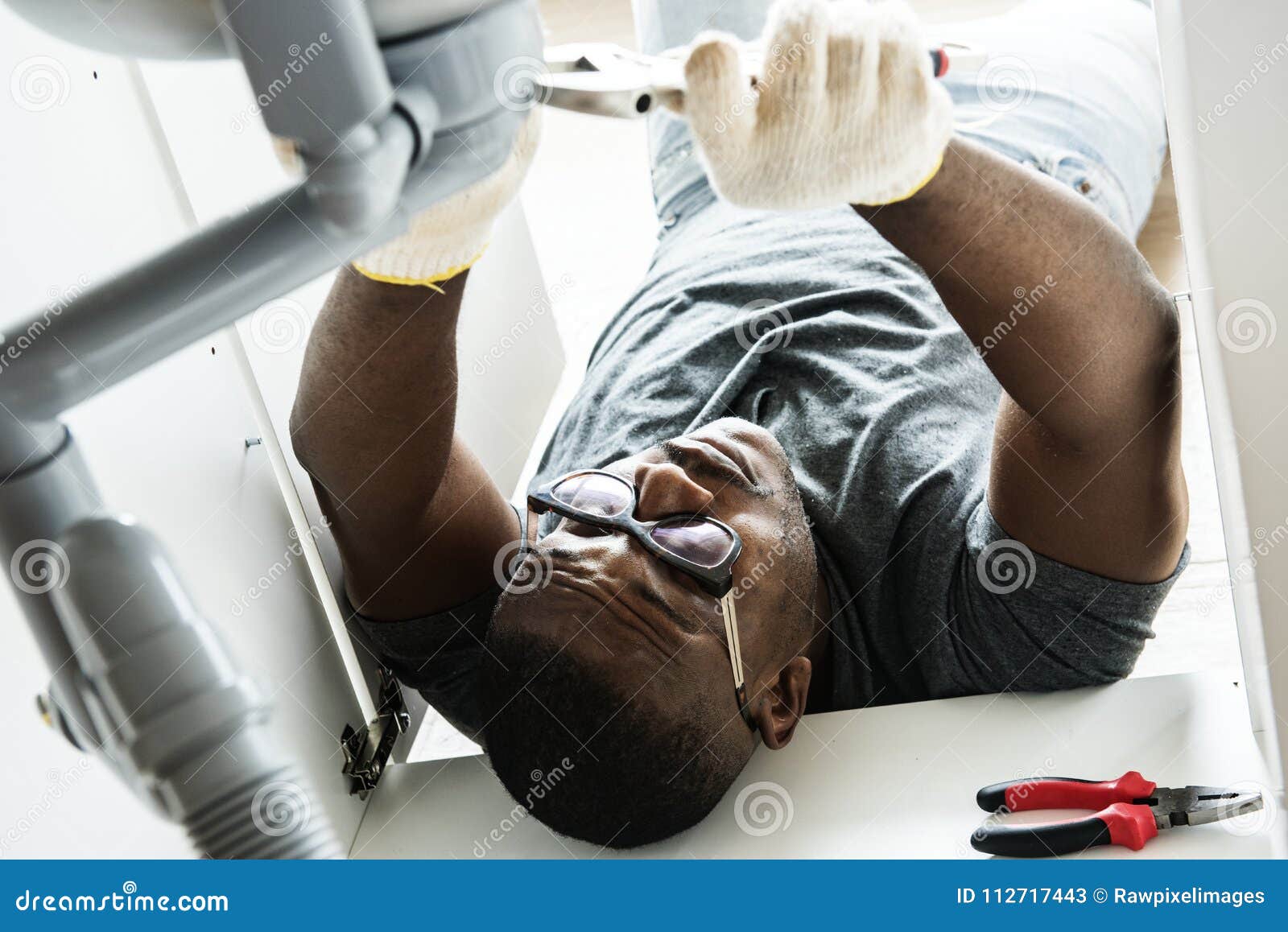Premier Plumber Alabaster AL Ready to Serve You Anytime
Premier Plumber Alabaster AL Ready to Serve You Anytime
Blog Article
A Step-by-Step Guide to Effective Water Heater Installation for Ideal Performance
Getting started on the task of mounting a hot water heater is a venture that requires accuracy and a systematic strategy for accomplishing ideal efficiency. The process begins with the essential decision of selecting the appropriate heater customized to the details needs of your family, taking into consideration elements such as type, energy, and dimension resource. Once picked, preparing the setup area to satisfy security standards is critical. However, the trip doesn't finish right here. As you continue, the details of linking water system lines and setting up trusted electrical or gas connections await, encouraging insights into ensuring efficiency and dependability.
Choosing the Right Water Heating Unit

Next, take into consideration the dimension and capability of the water heater. It's important to examine your household's warm water needs, which can vary based upon the number of owners and their use patterns. A system that's also small may cause inadequate warm water, while a large model could lead to unnecessary energy usage.
Performance scores also play an essential duty in selection. Search for hot water heater with high Energy Factor (EF) rankings, showing superior efficiency and reduced energy usage. Tankless designs, though commonly more costly upfront, offer substantial energy savings with time due to their on-demand home heating abilities.
Preparing the Installation Location
Before mounting a new water heating system, thorough preparation of the installation area is necessary. It's crucial to gauge the room carefully to fit the water heating system's measurements, guaranteeing adequate clearance around the device for reliable operation and servicing.
Check the flooring for stability, as the water heating system will certainly require a solid, degree surface area to operate efficiently. If required, install a drip frying pan under the system to catch possible leaks or spills, stopping water damages to the surrounding location.
Furthermore, make sure that all needed devices and materials are on hand prior to beginning the installment. This consists of items such as wrenches, screwdrivers, a degree, and any kind of added equipment required for placing and protecting the heating unit. A well-prepared installment area establishes the structure for an effective hot water heater setup, optimizing efficiency and safety.
Connecting Water System Lines
When linking water supply lines to your freshly mounted hot water heater, it is critical to ensure that all links are leak-free and safe and secure to keep effective operation and prevent water damages. Extra resources Begin by recognizing the hot and cool water supply lines. The cool water inlet is usually noted with a blue label or a "C", while the warm water electrical outlet is marked with a red label or an "H".
Usage flexible water heater ports to assist in a much easier installation procedure. Before connecting the ports, place a plumber's tape around the threaded ends of the water heating unit's inlet and outlet pipes.
As soon as links are in location, slowly activate the major water valve. Inspect each connection for leakages by aesthetically examining and feeling for dampness. Tighten links as necessary, and ensure the stress relief shutoff is properly set up, protecting versus extreme stress accumulation.
Setting Up Electrical or Gas Links
Appropriately establishing the electric or gas connections for your water heating system is a critical step to make certain safe and reliable procedure. For electrical water heaters, begin by validating that the electrical circuit is compatible with the heating unit's voltage and amperage needs. Ensure the power supply is shut off at the breaker to avoid crashes. Link the electrical cables to the heating system complying with the manufacturer's circuitry representation. Generally, this includes go to this site linking the ground wire to the green terminal, and the remaining wires to their matching terminals, protecting each with cable nuts.
For gas water heating units, safety is extremely important. Attach the gas line to the water heater making use of a flexible gas adapter, ensuring it is effectively threaded and sealed with pipe joint compound or Teflon tape ideal for gas connections.
As soon as links are made, inspect for any potential leakages. For gas lines, apply a soapy water option to the joints; bubbles suggest a leak. For electric links, verify that all wiring is secure and properly protected, preserving compliance with local electrical codes.
Readjusting and examining for Performance
With the electrical and gas links safely in place, the following action is evaluating the operational performance of your water heating system. Begin by carefully turning on the water supply and making sure there are no leaks at any of the joints or shutoffs.
Following, perform a complete examination to make certain the heating components or gas burners are working properly. For electric heating systems, utilize a multimeter to validate if the elements are attracting the ideal existing. In gas designs, observe the heater fire; it needs to be constant and blue, showing effective burning.
Change the setups as essential to get rid of ineffectiveness. Think about carrying out insulation steps, such as adding a water heating system covering, to better improve performance by decreasing warmth loss. Furthermore, examine the anode pole's condition, as a deteriorated pole can reduce efficiency and lead to storage tank corrosion.
Verdict
Effective water heating unit setup is critical for ensuring ideal efficiency and power financial savings. By choosing the suitable kind additional info and dimension, and meticulously preparing the setup area, a foundation for success is established. Securely linking water supply lines and very carefully establishing electric or gas links decrease potential problems. Extensive screening for leakages and accurate thermostat adjustments to 120 ° F boost dependability and performance. Sticking to these actions promotes lasting capability and energy preservation in domestic water heating unit.

Appropriately setting up the electrical or gas connections for your water heating system is an essential step to guarantee secure and effective procedure. For electrical water heating systems, begin by validating that the electric circuit is compatible with the heating unit's voltage and amperage needs. Attach the gas line to the water heating unit making use of an adaptable gas port, guaranteeing it is effectively threaded and secured with pipeline joint substance or Teflon tape appropriate for gas links.
Report this page